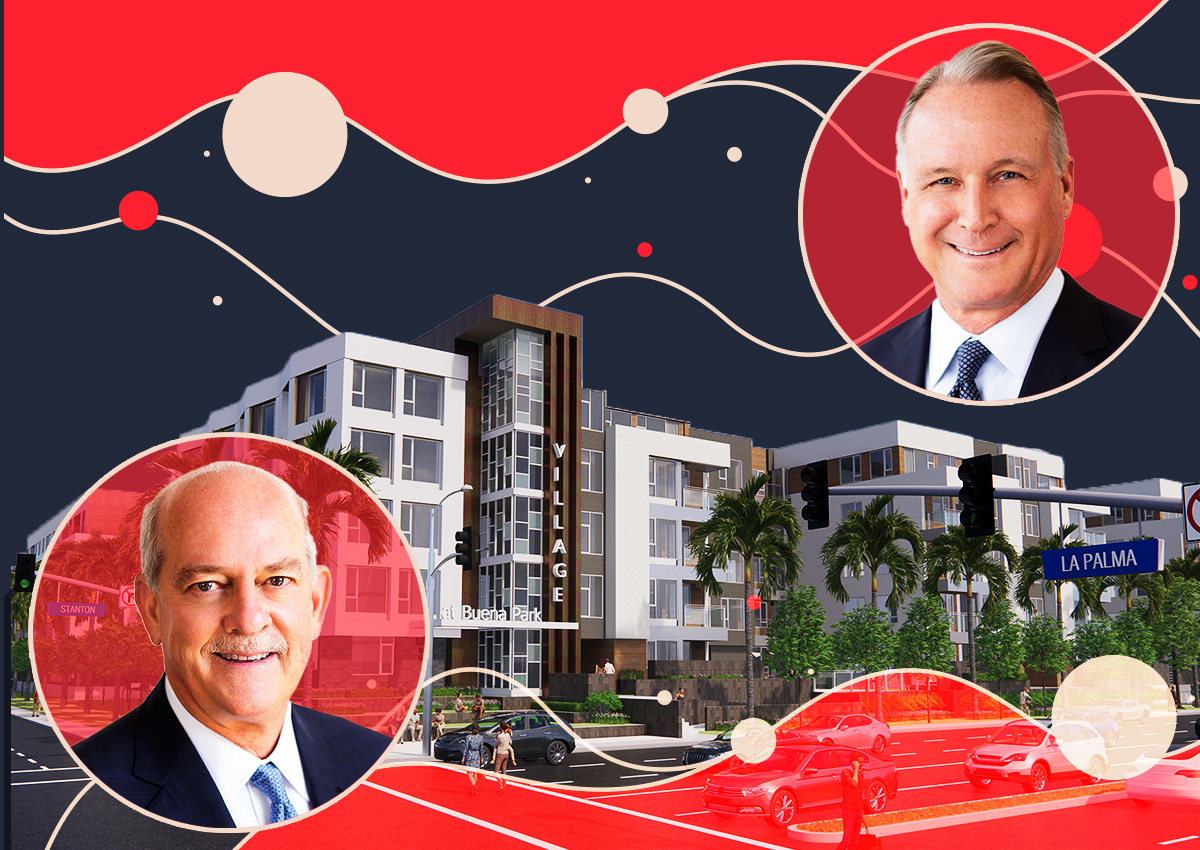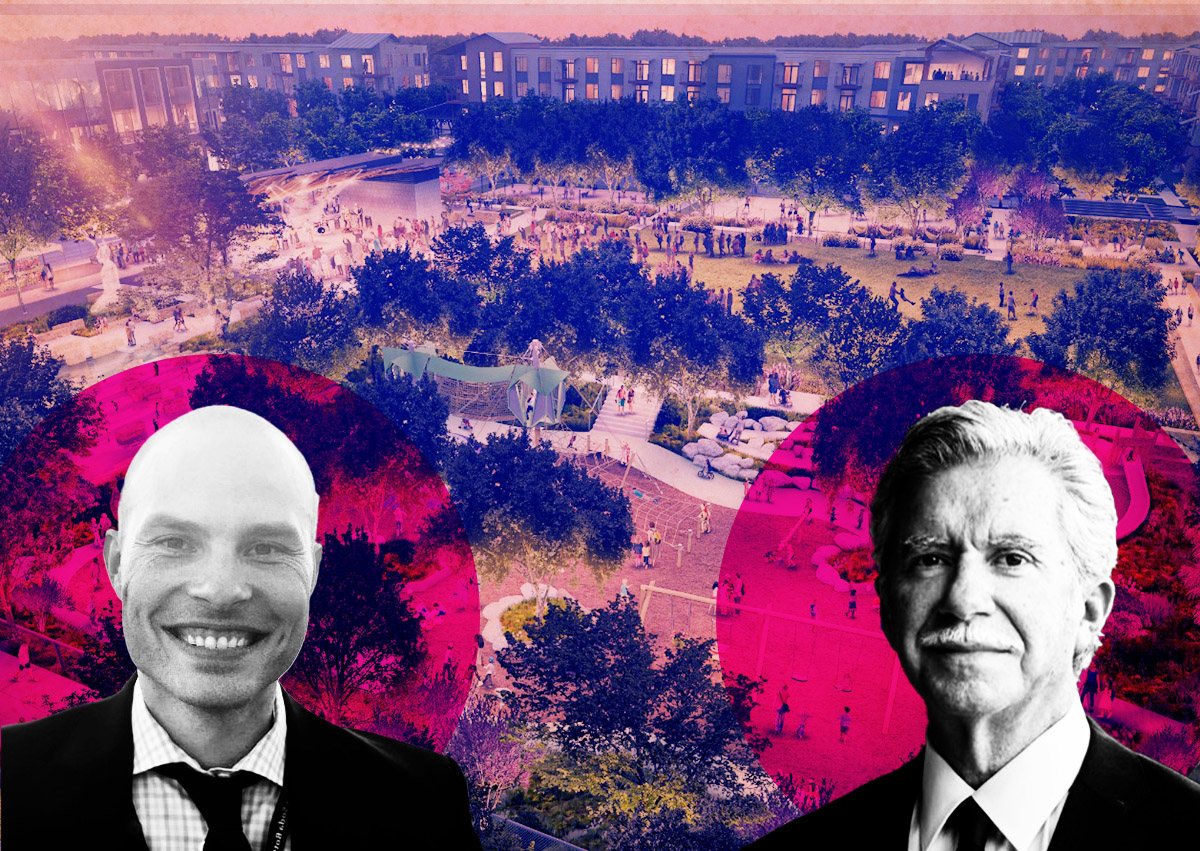SF Multifamily Minus Rent Control Finds Buyer in Eight Days
A 29-unit building on the Van Ness corridor is bucking San Francisco’s multifamily sales slowdown by going into contract just eight days after coming to market.
There were four offers from “qualified buyers that own in San Francisco,” according to listing agent Payam Nejad of Colliers, who co-listed with Dustin Dolby, Brad Lagomarsino and James Devincenti. The winning bid came from a local buyer.
Nejad did not say if the building went over its $11.75 million asking price, but given the multiple offers and quick timeline it is likely the first multifamily property in the city to trade for more than $10 million this year.
This will be the first time 900 Van Ness Avenue has sold since it was built by owners Patrick and Anne Molloy of Molloy Construction in 2002, according to public records. Nejad did not name the sellers but said the family ownership decided to liquidate one of its buildings for the first time in decades.
The building is a standout in San Francisco for several reasons: the eight-story midrise is a condo building but the 28 residential units and one split commercial condo are currently used as rentals. Because the property was built after 1979, it does not fall under the city’s rent control ordinance, although there are three below-market units in the building. Only three residential units are vacant and it has a stable ground-floor tenant, T-Mobile, which has been in the building since 2004 with a lease that runs until early 2025. The building also has an assumable loan at 5.26 percent, which doesn’t expire until the end of 2027.
The newer steel and concrete construction, “attractive” financing, filled leases and non-rent-controlled units were all selling points, according to Nejad.
Last year about a dozen apartment buildings traded over $10 million in the city, with the highest sale at $33 million, but this year only a handful of multifamily properties in the city have sold for more than $5 million, as buyers pull back amid higher financing costs and plateaued rents. Several recent notable apartment trades have taken place on the Peninsula, however, and Nejad sees an uptick in San Francisco’s multifamily market on the horizon.
“We believe deal velocity will increase going forward,” he said. “The buyers that were not awarded the deal are looking for buildings to buy.”



